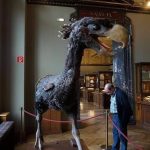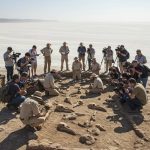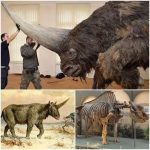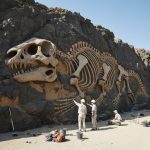The Enigma of the Dragon Man Skull
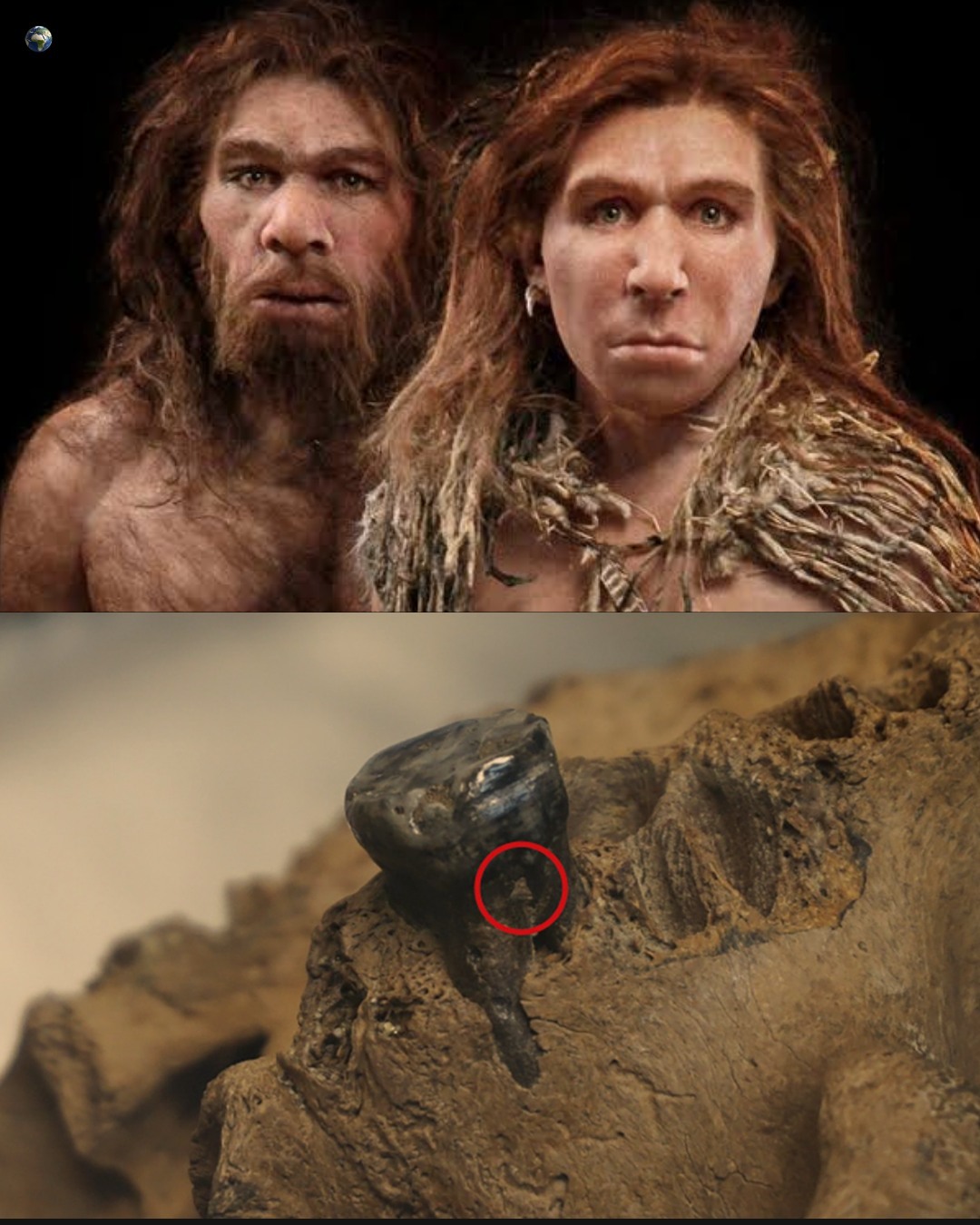
In the realm of human origins, few discoveries have sparked as much debate and fascination as the fossilized skull known as “Dragon Man.” Unearthed in Heilongjiang Province, China, this remarkably preserved specimen has been dated to nearly 150,000 years ago, offering an extraordinary glimpse into a lost chapter of human evolution. Yet despite its importance, the Dragon Man skull remains shrouded in mystery, with scientists divided over where it belongs on our family tree.
A Skull Frozen in Time

The Dragon Man skull, officially labeled Harbin cranium, is one of the largest fossilized human skulls ever found. Its features are striking: a massive brow ridge, large eye sockets, a wide nose, and teeth robust enough to suggest incredible strength. At the same time, its cranial cavity indicates a brain size comparable to modern humans, hinting at advanced cognitive abilities.
Its exceptional preservation makes it one of the most significant paleoanthropological finds in decades, providing researchers with a tangible window into a world that existed long before recorded history.
Homo longi or Denisovan?
The discovery has fueled debate within the scientific community. A team of researchers proposed that the skull represents a new human species—Homo longi, or “Dragon Man”—arguing that its unique mix of archaic and modern traits sets it apart from known species.

Others, however, suggest a different possibility: that Dragon Man could belong to the elusive Denisovans, a mysterious group of archaic humans first identified through DNA from a single finger bone in Siberia’s Denisova Cave. The Harbin skull’s age, location, and features make this a plausible theory, but without recoverable DNA, confirmation remains elusive.
A Bridge Between Myth and Science
The name “Dragon Man” carries a cultural resonance as well as a scientific one. In Chinese tradition, dragons symbolize power, mystery, and the link between heaven and earth. The skull’s discovery in Heilongjiang—the “Black Dragon River” province—adds to its aura of myth, making it both a scientific artifact and a cultural symbol of humanity’s enduring curiosity about its origins.
What the Skull Reveals
Regardless of classification, the Dragon Man skull offers profound insights:
-
It suggests that multiple human lineages coexisted in East Asia during the Middle Pleistocene.
-
Its robust features highlight the diversity of archaic humans, challenging the idea of a simple, linear evolution toward Homo sapiens.
-
It underscores the gaps in our fossil record, reminding us how little we truly know about our prehistoric cousins.
These revelations force us to reconsider how humans spread, interacted, and adapted across continents long before the modern age.
Conclusion
The Dragon Man skull stands as one of paleoanthropology’s greatest enigmas—an extraordinary fossil that bridges science, myth, and humanity’s hidden past. Whether it proves to be a new species, Homo longi, or the long-sought Denisovans, its importance cannot be overstated. Until DNA or new evidence resolves the mystery, Dragon Man will remain both a puzzle and a beacon, urging us to keep exploring the deep and complex story of human evolution.
